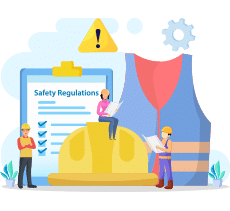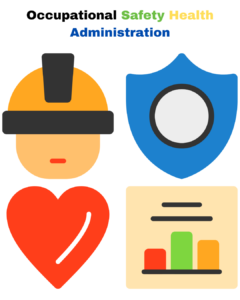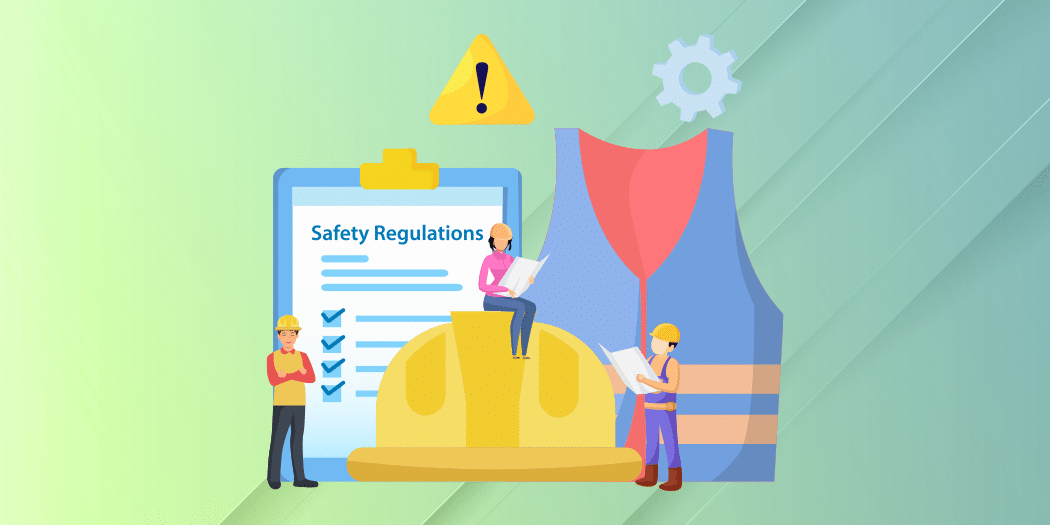Components of a SOP
Scope
Purpose
Application

Professional biohazard companies like Bio Recovery are trained to follow the OSHA Standard Operating Procedure. A Standard Operating Procedure or SOP is a document that sets a framework for all the work to be performed at a job site that has bloodborne pathogens or hazardous waste. It is usually constructed by the Director of Operations or the Field Supervisor to standardize training and safety and protect worker health.
The Standard Operating Procedure or SOP is a template that outlines the training, planning, and actions to be taken at the contamination site. An SOP satisfies several aspects of the OSHA 1910 or ANSI/AIHA S540:2017, depending on which legislature the company is following. OSHA and ANSI standardize assigning roles, risk, and biohazard material assessments, defining the level of PPE required, and outlining all protocols in the SOP.
In this article, we’ll break down what those three standards are, and what a typical example may appear to be in the biohazard industry.
OSHA Standard Operating Procedure (SOP)
 Therefore, an OSHA-compliant SOP typically has the following objectives:
Therefore, an OSHA-compliant SOP typically has the following objectives:
- Scope
- Purpose
- Application
Scope
The scope of an SOP refers to the training and work performance expected to fulfill OSHA and/or OSHA Field Safety and Health Management System (SMHS) duties and responsibilities. The scope can vary depending on the type of work to be done or the task at hand. However, at the very least, it usually always contains who is responsible for each job task, the tools and resources necessary, potential limitations, and what the expected outcome is.
In a biohazard situation, the scope may go into detail about the on-site crew members, whether a supervisor and crew member, what they’re responsible for, the type of disinfectants, PPE, and cleaning equipment needed. Some limitations may be that the incident occurred in a crawl space, which means restricted oxygen and range of movement. Reasonably, the outcome is to safely remove the biohazard materials and restore the public health of all involved.
The scope may also cover part or all of the fallback plan in case anything goes wrong. A fallback plan can include which vaccinations to administer in case of an emergency.
Purpose
The purpose of a SOP establishes safety procedures, training, and recordkeeping. It ensures competency and works to eliminate the risk of exposure. It also fulfills legal requirements, ensures safety and health training, and ensures proper documentation and tracking of each situation.
Simply put, an SOP is a blueprint for how the job should be conducted, what training is required, and delegates roles and responsibilities.
An SOP should be considered a living document. It is meant to be drafted, revised, and updated over time. The supervising staff should periodically review and monitor goals and objectives prior to and after every job to ensure that the SOP adequately serves its purpose.
Application
The biggest challenge of an SOP is oftentimes implementing and executing it. Beyond creating or identifying what an SOP’s goals and purposes should be, make sure your SOP is realistic and executable. For example, if you must delegate responsibilities to crew members that have virtually no training in those roles, think about adding training to your SOP to better help support them.
Executing an SOP typically appears as:
- Ensuring that the entire crew is aware of the project’s goals and objectives.
- Conduct and evaluate training to ensure that all crew members are screened and capable of fulfilling their roles and responsibilities.
- Following the course of action using the tools, equipment, and techniques defined by the SOP.
- Documenting and keeping records of vaccinations, training, manuals, roles, and responsibilities.
- Periodically updating and revising the SOP where necessary.
A sample of what a SOP may look like can be found on OSHA’s website.
OSHA Compliant Bioremediation Company
Don't Attempt It Yourself
If you are currently facing a biohazard, it’s recommended that you call a professional biohazard company like Bio Recovery. Don't try to take the steps of a hazardous cleanup into your own hands. Trained professionals are standing by to assist you.
Share this Post
